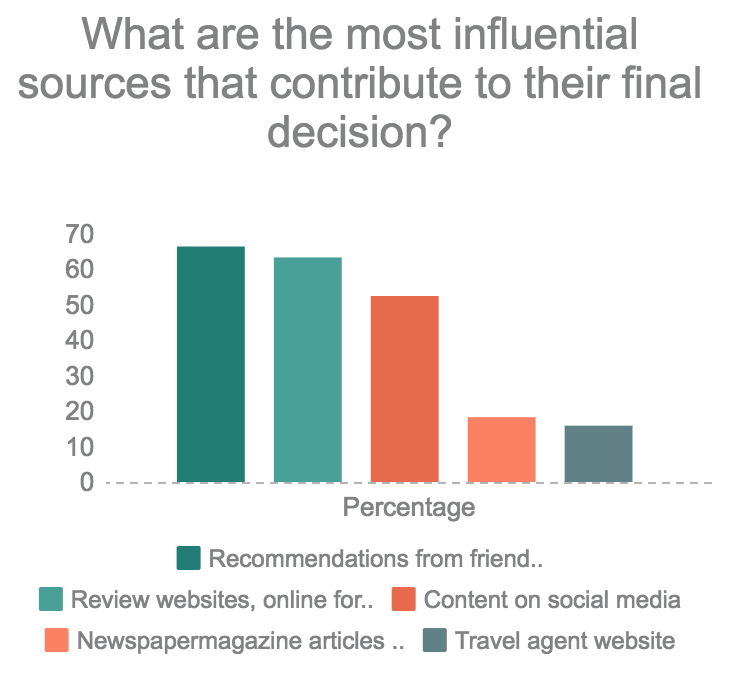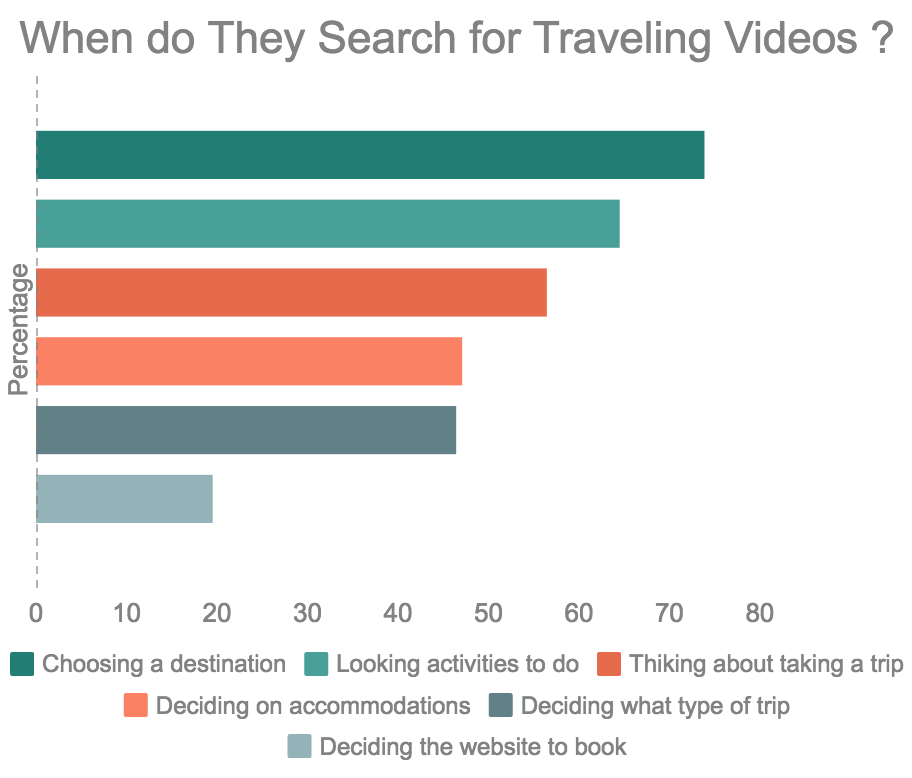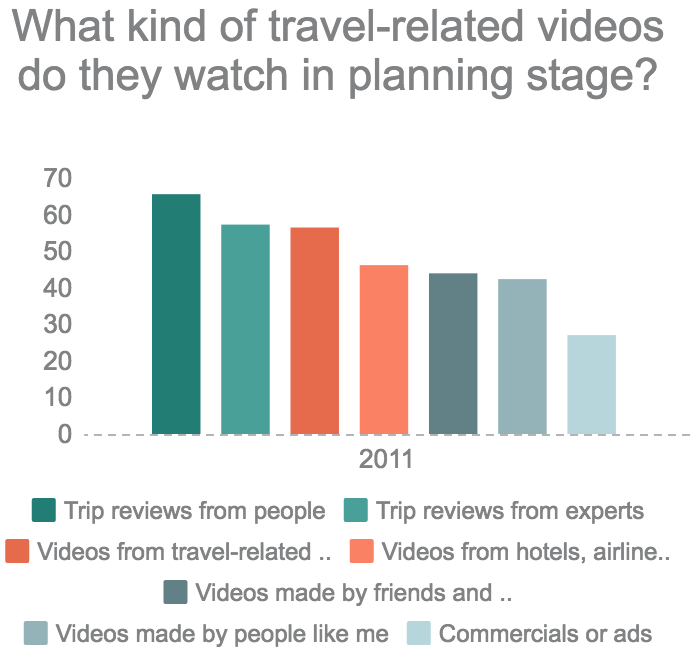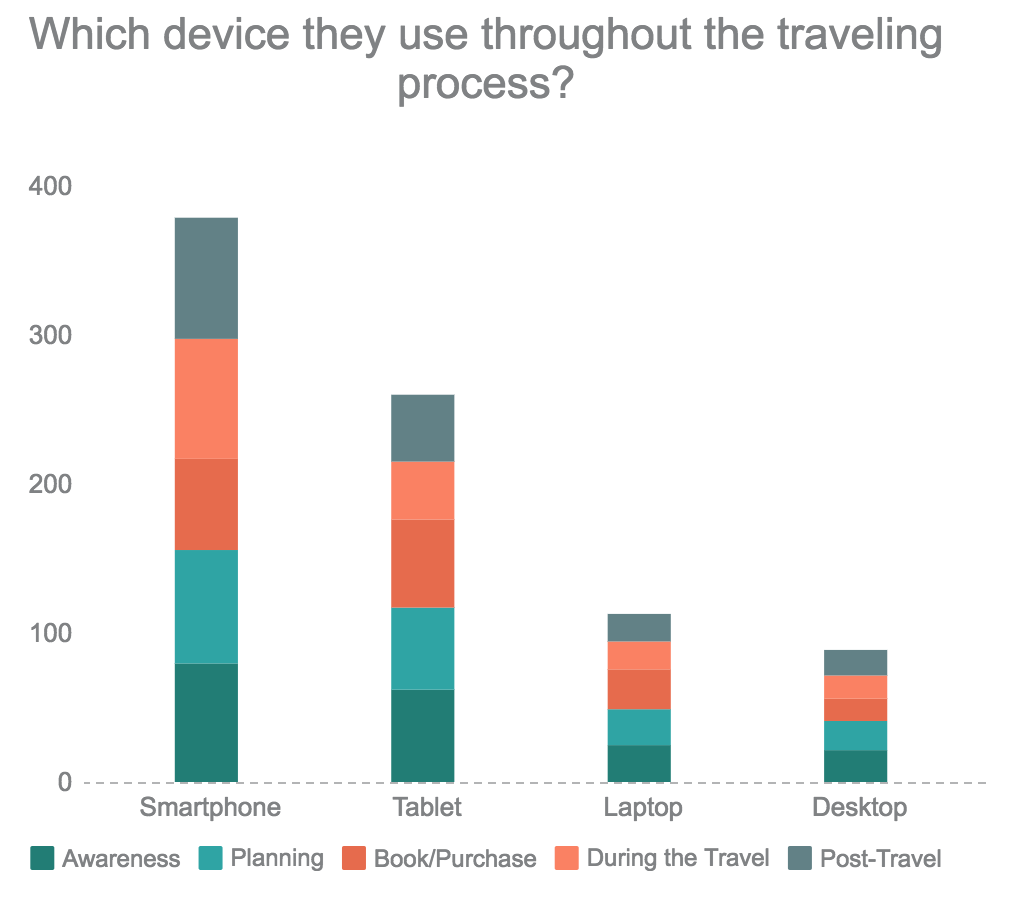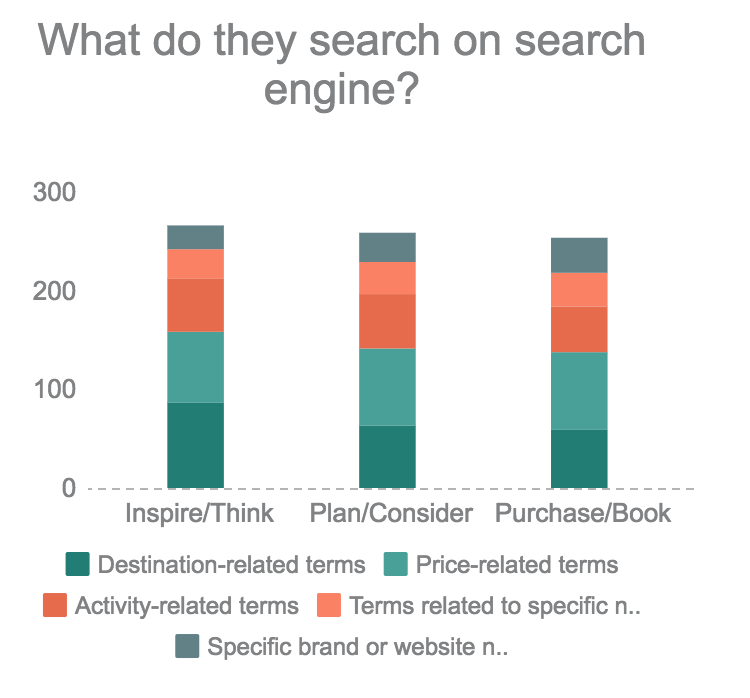Travelling excites everyone, for most, it could even be a life-changing and eye-opening moment. We can learn a lot of things from travelling. For instance, how to take care of ourselves, how to see from different perspectives. And on top of that, just being present in places where we have never been to, is priceless.
In our latest trends survey, we have asked more than a thousand Malaysians that have travelled at least once in the previous year about their behaviour when travelling. If you haven’t read our reports and walk-through article about it, you can read about it here.
With the 77% of internet penetration, Malaysia has become one of the country’s with the most active internet users in South-East Asia. According to Malaysian Digital Association, Malaysians spend an average of 5 hours online on a daily basis. Therefore, the idea of the internet as a ‘source for everything’ has become more and more real in Malaysia. This creates plenty of opportunities for the travel industry to cater Malaysians’ needs and wants of travelling. But in the travel industry, what’s more important is integration between online and offline touchpoints. The internet presents huge opportunities for businesses in the travel industry to drive people to buy their services. However, the moment of truth occurs while they are actually experiencing the services whilst travelling. Bad services will lead to bad reviews, especially if the customer has an influential presence on social media. Bad reviews will go a long way, businesses have to ensure a seamless integration between online and offline services.
In this article, we summarized our learning about Malaysians travel behaviour into five different parts which we believe will be valuable for businesses, and general audiences:
- Powerful platform
- Powerful persuasion
- Powerful content
- Powerful type of content
- Powerful keywords
Social media is One Powerful Tool
Social media such as Facebook, Instagram and Pinterest inspire up to 81% of respondents to travel. It is no surprise that the average Malaysian spends 2.8 hours daily on social media. It is also found by the Malaysian Digital Association in 2016 that Facebook is the most-used social media network in Malaysia.
Various travel-related content such as videos, photos and even blogs, immerse audiences, making them think of their next travel destination. Even in creating inspiration and planning, social media websites top travel review websites/apps, and even search engines.
**Implications:**- Focus on investing in social media, as our data shows that audiences most often get the inspiration to travel from social media more (81%) than travel review websites (49%) or travel websites.
- Creating engaging and shareable content should always be in your content marketing calendar. Measure the impact of each of your videos thoroughly.
- Tell a story and create a seamless path-to-purchase on social media
Word-of-mouth plays a central role in influencing people’s decision
It is widely agreed that the word-of-mouth is the most powerful tool in persuasion. The effect of the word-of-mouth can be twice as much as other methods of persuasion. In this travel trend, we found that people are getting inspired to plan and travel with their family, friends and colleagues, online or offline. And in the planning process, they prefer to look into video content about trip reviews from people they relate to, and expertise. Therefore, it is no surprise that when we asked about what are the most influential sources that could affect their decision in travelling, their top three recommendations were from friends and family, review websites and forums and content on social media.
Implications:
- Marketers should always put reviews in priority, making them visible in all touchpoints (ads, website etc.).
- Look after bad reviews in travel review websites very seriously, take good care of your past customers as it will help in nurturing potential customers.
- Create a strong persona and start from there, because people are more likely to be persuaded by people who have the same shared values as them, such as their family and close friends.
Videos is one powerful content
Videos speak louder and clearer than images do, this is especially true when talking about travelling. We found that 73% of people agree that they view videos online when planning their next trip. Our trend surveys showed that Malaysians consume video content for each of their customer journey, from inspiration, consideration, and choosing what website to book on. Starting from thinking about taking a trip (56%), along with what type of trip to take (46%), choosing a destination (73%) to choosing activities at particular destination (64%). They also decide what accommodations through video content (47%). When searching for travel-related videos, Malaysians also mostly prefer to watch the trip reviews.
Implications:
- Depending on your business, consider creating videos for each user journey stage, from awareness, consideration, purchasing and reviews.
- A/B test, and iterate. I suggest creating two different types of videos. One bite-sized, meaning that the length of the video should be no longer than 2 minutes. The other one should be longer, approximately more than 5 minutes. Observe how the videos affect your audiences.
- Many brands have collaborated with trip experts, or simply people like their customers. Don’t fall into the bias, give the experts or video bloggers freedom to tell the truth about your hotels, or services. This will be beneficial for both the video blogger and you as it will create trust between the video blogger and the audience. And for you, you now know how to improve your business through them.
Deliver As They Go, Mobile Devices Have Never Been More Important
If you are in the travelling industry but you’re not considering mobile-friendly website or apps, you’re missing out on a huge chunk of the business. Throughout the user journey (thinking, planning, booking and travelling), Malaysians rely heavily on their smartphones. They get inspired from various content accessible through their smartphones (81%). They began searching and planning their travels from their smartphones (76%), even using it to book accommodations (59%). The argument is, there is no reason for you to leave the concept and idea of mobile-friendly content behind.
Implications:
- Create exceptional user experience. Create multiple user testing and see how people navigate to your website, and find ways to improve the path-to-purchase
- Build an easy and secure payment system, or seamless integration between social media accounts and the company’s website.
- Mobile-friendly website or app. Consider sharing articles on Facebook using the ‘Instant Article’ feature or create bite-sized videos for your mobile audiences.
Keywords That You Should Focus On
In our travel trends survey, we try to identify the keywords that people have been using for when they are planning their travels. There are four different keyword types, ranking from the most searched types to the least searched ones.
People search for the same terms but with different prioritisation during different phases (inspiration, planning and purchase/booking). During the planning phase, people focus more on destination-related terms rather than price-related terms. When they consider multiple possibilities, they start off by searching for price-related terms, then destination-related terms. And when people are ready to book the accommodation, they are more likely to search for price-related terms.








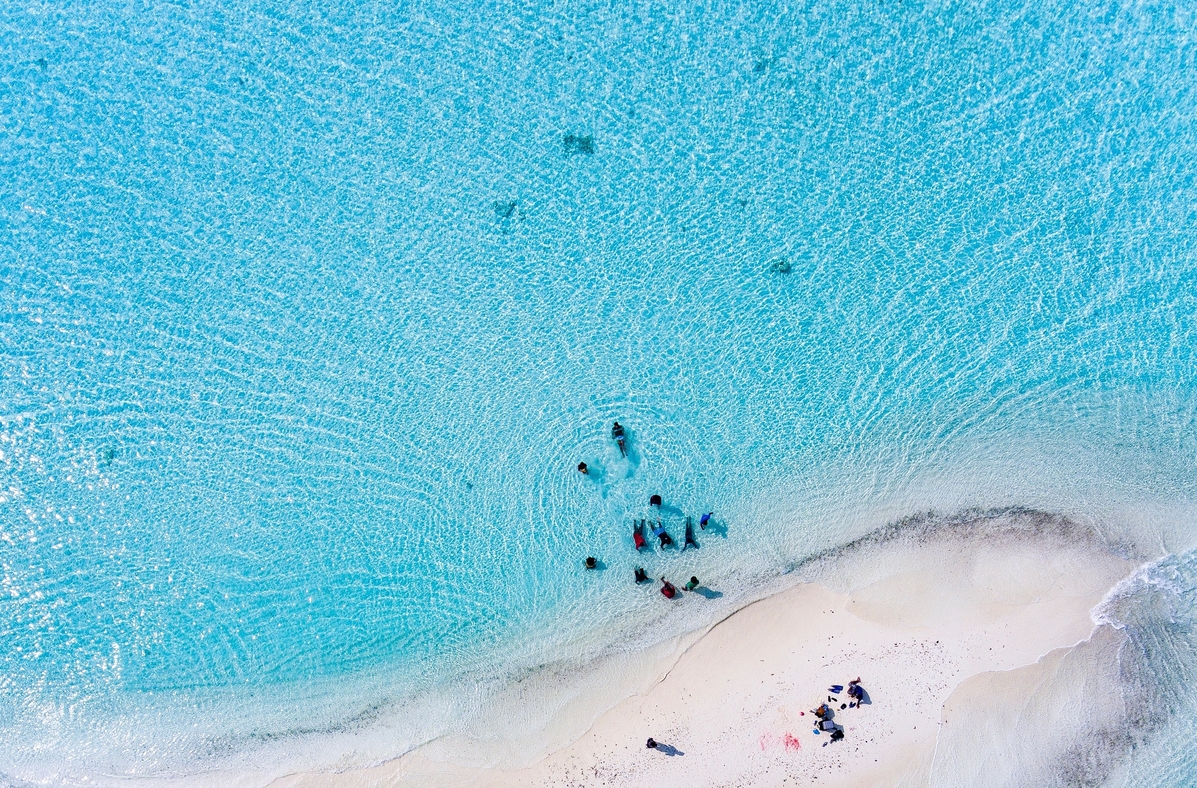
 **Implications:**
**Implications:**
